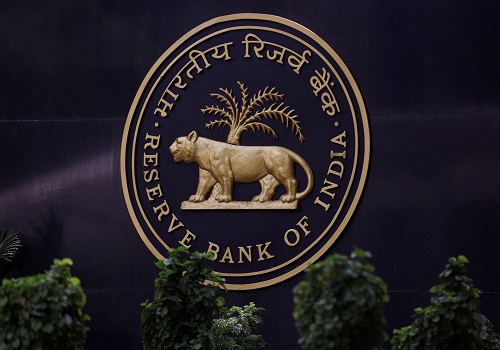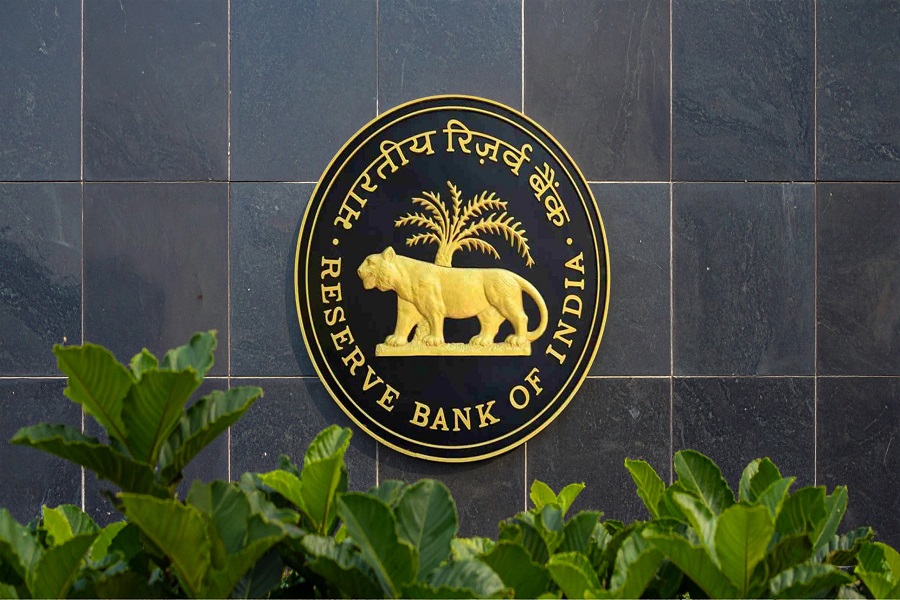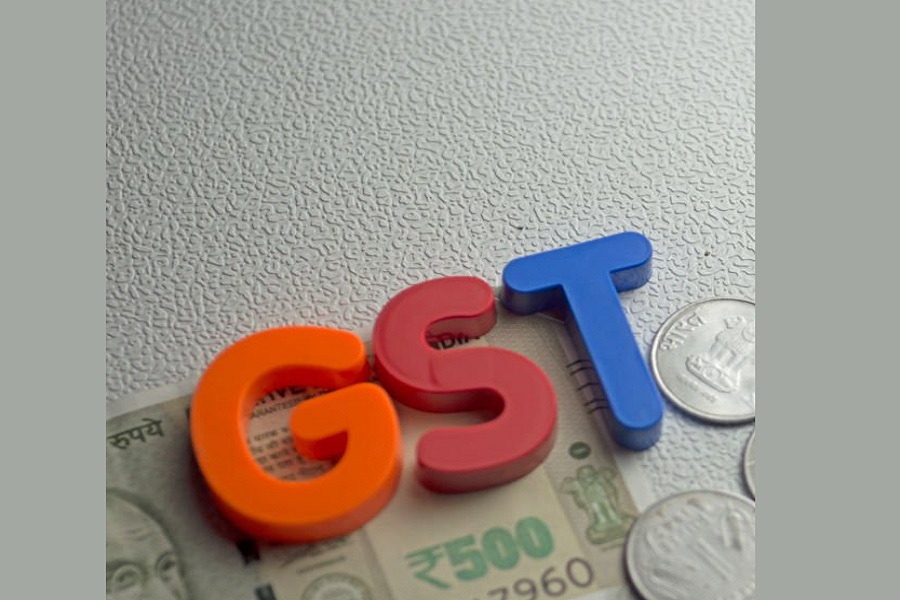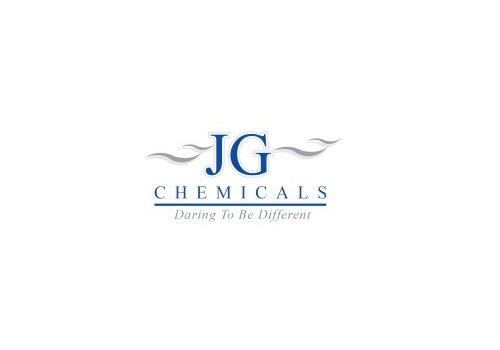Company Update : DCB Bank Ltd By Emkay Global Financial Services Ltd
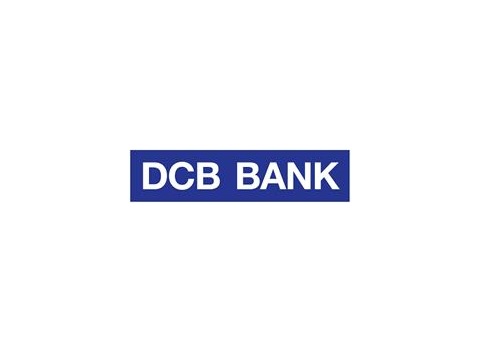
Accelerating growth, but RoA delivery remains sub-optimal
DCB Bank hosted an analyst meet to update on its journey and planned transformation ahead. The bank has traditionally grappled with a sub-optimal liability profile, higher operational cost, weaker asset quality, and thus <1% RoA, which it plans to improve under the new, internally elevated management. The bank has set key milestones for the next 2Y, including disciplined credit growth of 18-20%, better margins mainly led by lower CoF, and contained operational/credit cost, to deliver RoA at 0.9-1% and RoE at 13.5-14.5% (RoA/RoE at 0.94%/13.2%, respectively, in 2QFY26). Given the industry tailwinds, including the ones for SMID PVBs, the milestones seem relatively modest, in our view. The bank remains heavily dependent on mortgages (mainly LAP), which contribute 43% of the loan portfolio. The share of co-lending portfolio is also relatively high at 16%, which, we believe, could pose as a risk to growth/asset quality. The bank’s specific PCR also remains relatively subpar at 59%, which, coupled with the last few years’ relatively weaker asset quality, could result in a higher impact under ECL norms on the otherwise moderate CET 1 at ~14%, thereby requiring a capital raise. After the sharp runup in the share price recently, the stock is trading at valuations of 1.1x TTM ABV (vs SIB, KBL, and JKBK’s lower valuations despite better RoAs). Currently, we do not have a rating on the stock.
Focus on secured retail, SME segments, to grow at 18-20% over the next 2Y
DCB plans to anchor its growth strategy around secured retail (primarily mortgages, LAP, and gold loans) and granular SME lending, aiming for a sustainable 18–20% AUM growth over the next 2Y. Within SME, the bank intends to focus on the relatively higher ticket size segment (Rs30mn-100mn). This should help with lower capital consumption (RWA already <50%) and contain credit cost. MFI remains a sore point and thus, the bank plans to offset unwinding in the MFI portfolio with the used tractor business, to manage PSL and margins. Over the years, the bank has been focusing on payment float – nearly 10% of all Indian debit cards’ international spends run through DCB Niyo Cards which should help improve CASA. The management believes that better capacity utilization (branches, RMs’ productivity, analytics engines) can support high growth (without heavy additional opex) and enhance operating leverage, thereby aiding operational RoA.
Weak asset quality and lower PCR could hurt under the new ECL framework
DCB’s higher NPAs (GNPA at 2.9%/1.2% in 2QFY26) stem from its exposure to LAP, SME, CV/CE, and MFI segments, where borrower cashflows are inherently more volatile, leading to higher stress. We believe the bank’s higher dependence on co-lending could be a risky proposition, as seen with other lenders. Additionally, the bank steadily reduced its specific PCR to a low of 59% in 2Q, from a high of 67%, to manage credit cost and support profitability. However, in our view, the bank will have to shore up PCR in the runup to ECL implementation (effective 1-Apr-27) which shall hurt RoA/capital adequacy
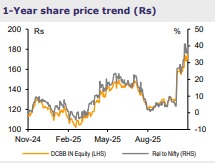
For More Emkay Global Financial Services Ltd Disclaimer http://www.emkayglobal.com/Uploads/disclaimer.pdf & SEBI Registration number is INH000000354

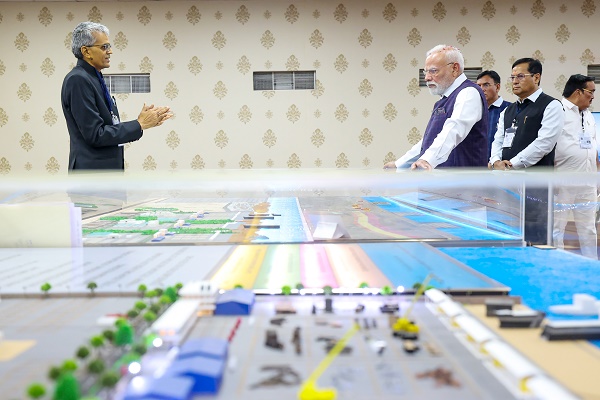
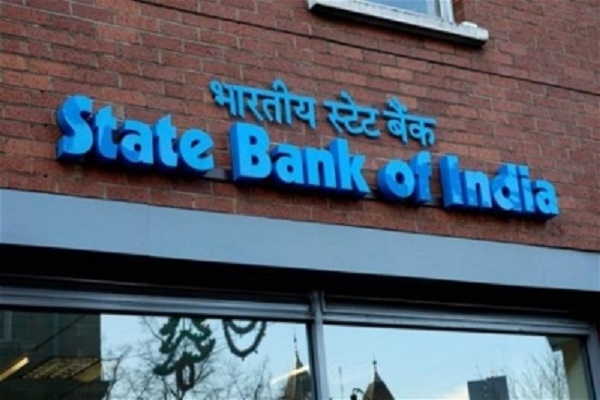

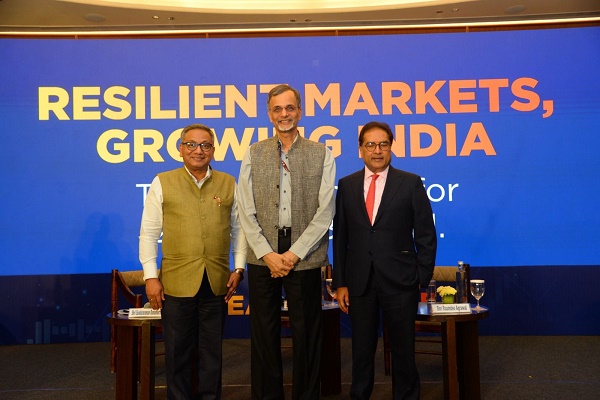

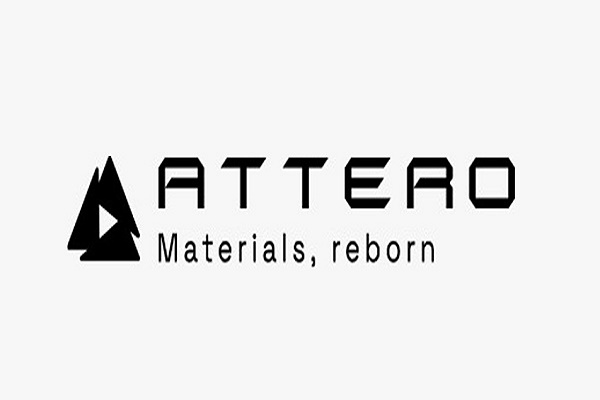

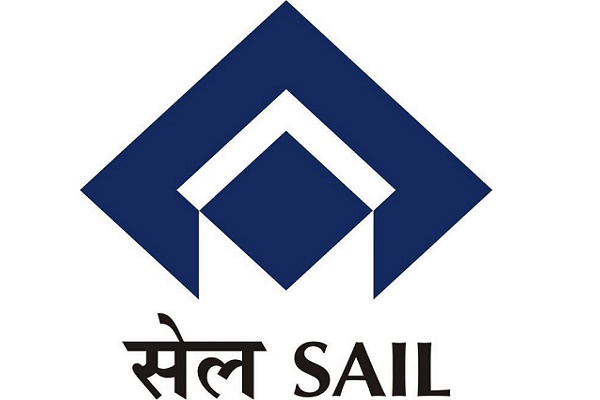

Tag News

Nifty likely to touch 29,000 in 2026 driven by consumption recovery, RBI support

